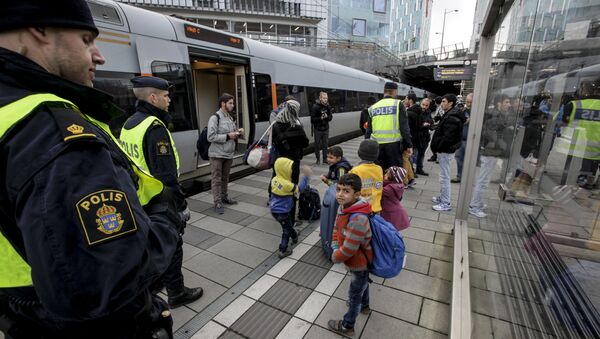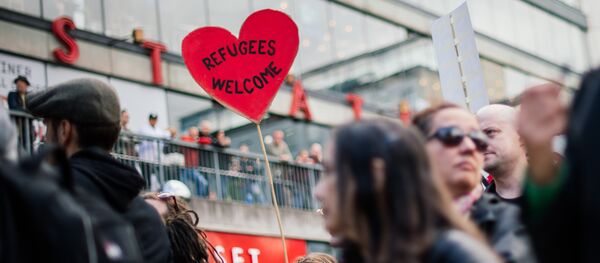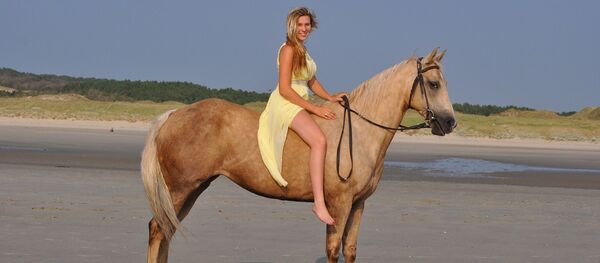The main issue is that it becomes increasingly harder to find accommodation, since most of the refugee housing is suitable for men only. The National Board of Health and Welfare interviewed representatives of 74 Swedish municipalities that had taken in at least three girls in 2016.
"The municipalities say it's hard to find accommodation for single girls. The reception centers have been in many ways designed specifically for boys, both concerning accommodation and leisure activities," National Health Board investigator Elisabet Svedberg said, venturing that the girls' situation must be given more attention.
Yet another problem is that many of the girls are married and have children of their own, despite being underage. A majority of them are being placed in so-called "network homes," where they live with relatives or other adults they already know.
"An increasing proportion of single children seeking asylum in Sweden are girls and younger children. Many of them are in a difficult situation; some of the girls are already married and have their own children," a press release from the Social Board said.
However, this may undermine Sweden's integration efforts, ending in a sort of isolation. According to Petra Rinman, head of unit at the National Board of Health and Welfare, in many cases it is safer for the child to live with someone they already know. However, there is also an embedded risk that the person will have trouble integrating into society later on.
In 2015, Sweden received a record 35,000 asylum applications from "lone children," followed by 2,200 in 2016. In 2016, "unaccompanied children" cost Swedish taxpayers 26 billion SEK ($3bln), with the bill expecting to land at 19 billion SEK ($2.2bln) this year, according to the Swedish newspaper Expressen.




